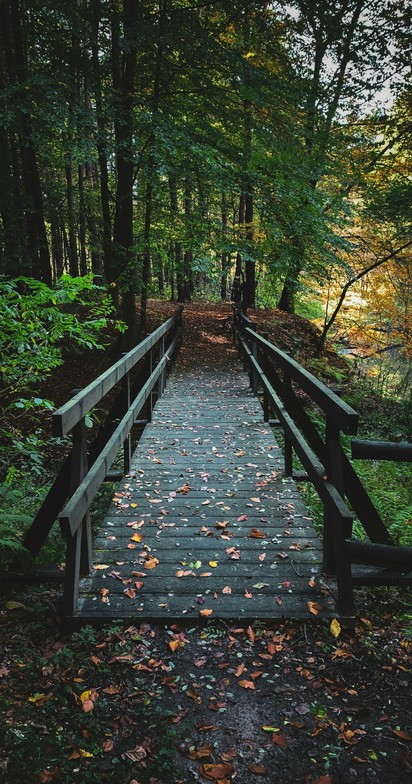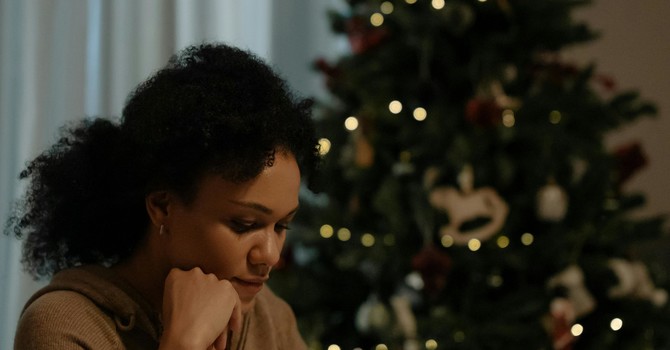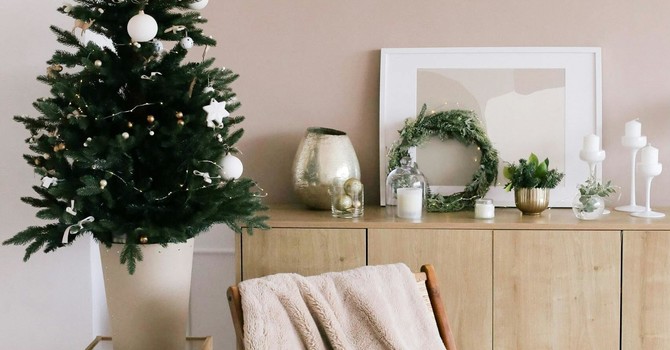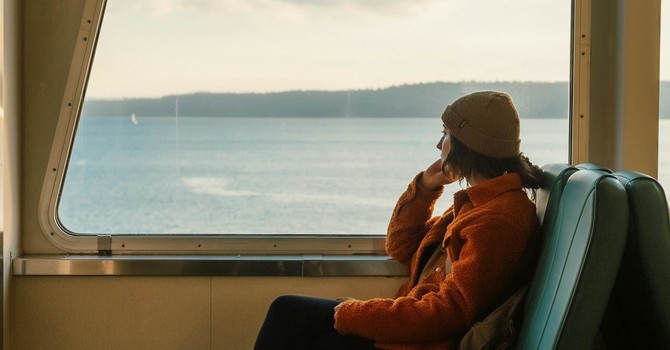
The important thing is not to stop questioning. Curiosity has its own reason for existence. One cannot help but be in awe when he contemplates the mysteries of eternity, of life, of the marvelous structure of reality. It is enough if one tries merely to comprehend a little of this mystery each day. — Albert Einstein
In therapy, and in life, healing often begins with a simple yet transformative question: What if I get curious about this? Curiosity is the bridge between the familiar pain of our struggles and the uncharted possibilities of growth, resilience, and pleasure. It invites us to move from judgment to openness, from rigidity to exploration, and from being stuck to beginning to heal.
Curiosity feels like a soft beckoning, doesn’t it? A nudge to pause and linger, to meet the unknown not with fear but with a sense of, “What might be here for me to see?” It’s not sharp or invasive—it doesn’t demand. Instead, it whispers, inviting us to step gently into our own depths.
As a therapist, I have come to trust this gentle pull of curiosity. It can transform healing from a heavy task to a tender exploration. Not a search for quick fixes, but an unfolding—a willingness to sit with the emotions, sensations, questions and let them light the way.
Curiosity is the antidote to judgment.
Many ancient wisdom traditions, spiritual masters, scientists, psychologists and mindfulness teachers often speak about curiosity being that doorway to emotional resilience and emotional agility (David, 2016). Dr. Kristin Neff, well known for her work on self-compassion, highlights the importance of meeting ourselves with gentleness and curiosity instead of judgment (Neff, 2011) . Similarly, Dr. Jon Kabat-Zinn, a Zen Buddhist teacher, a professor, and founder of mindfulness-based stress reduction (MBSR) invites us to keep a "beginner’s mind"—a fresh, open approach to our experiences (Kabat-Zinn, 1990).
Curiosity is a powerful tool in therapy and the key to self-discovery. It helps us approach our experiences—even the difficult ones—with wonder rather than resistance; curiosity can dissolve resistance. Resistance is an important and interesting phenomenon of our mind and body that often arises from fear, a primitive, instinctual, and protective mechanism that keeps us from confronting discomfort. When we experience a difficult emotion, it is a signpost that something we care about is at stake. But curiosity creates a safe, non-threatening space where we can begin to explore even the most tender parts of ourselves and towards our emotional experiences. It helps us ask, "What’s here?" instead of "Why can’t I just move on?"
The Beauty of the Process
Healing isn’t a straight highway; it’s more like a winding forest path, littered with mossy stones and unexpected sunbeams. Research by Dr. Carol Dweck on the growth mindset shows us how valuing the process over perfection helps us grow stronger, steadier (Dweck, 2006).
In therapy, this process shows up in the quiet, unremarkable moments: showing up week after week, leaning into the difficult conversations, giving space to what arises. It’s not about finding instant relief; it’s about cultivating patience with the unfolding. Healing is the art of holding space for ourselves as we gently metabolize all that we are carrying.
And when we approach this process with curiosity? It becomes lighter, almost playful. We then connect with a third component that is courage. It becomes less about "fixing" ourselves and more about unfolding—like giving ourselves the time to slowly rest, digest and integrate the lessons our inner world offers. We begin to see it not as a chore but as an adventure—an experiment in being human.
Leaning Into the Places That Scare Us
Here’s the paradox of healing: the places we most want to run from are often the ones that hold the greatest treasures. It’s pretty natural to want to avoid what feels painful or scary—our instinct is to retreat, much like pulling back from a hot stove. Dr. Brené Brown, a well known researcher and author of Gifts of Imperfection, reminds us that avoiding discomfort only deepens our disconnection. But when we lean in, curiosity becomes the lantern guiding us through the dark (Brown, 2010).
I’ve witnessed this countless times in my practice with myself and my clients; When we gently turn toward the discomfort—toward the tightness in the chest or the knot in the stomach—we start to see it differently. What’s it trying to show us? What does it need from us? Instead of an enemy, it becomes a teacher, and notice that these difficult stories are data but not directives.
For instance, anxiety might signal an unmet need or unresolved emotion. By gently staying with these feelings, we can begin to soften the edges of our fear, learn to build trust in ourselves and create space for healing.
The Somatic Doorway
Curiosity isn’t just a mental exercise; it’s a full-body experience. It’s something we feel in our bones, in the rhythms of our breath, in the way our bodies carry emotion. Trauma specialist Dr. Peter Levine reminds us that our bodies hold stories—memories of joy, pain, safety, and loss. Somatic work helps us to understand that when we bring curiosity to our bodies, we start to unlock those stories (Levine, 1997). Maybe anxiety shows up as a flutter in your chest, or grief as a weight pressing on your shoulders. Instead of pushing these sensations away, what if we asked, “What do you need?” Maybe the body needs stillness or movement, warmth or acknowledgment.
This simple act of listening without —creates a profound shift. It reconnects us to the wisdom we’ve always carried within.
Nature’s Lessons in Curiosity
Nature, for me, is the ultimate teacher of curiosity. A blade of grass breaking through the concrete. The way sunlight scatters across rippling water. The quiet hum of life in a forest after the rain.
Spending time in nature reminds us to notice, to marvel, to wonder. Studies have shown that being in nature reduces stress and increases feelings of connection and awe. It’s a reminder that life doesn’t have to be figured out—it can simply be experienced (Williams, 2017).
What if we approached our inner world the same way we approach a walk in the woods? Not with an agenda, but with open eyes and open hearts, letting each step reveal itself.
From Wander to Wonder
If you’re ready to weave curiosity into your own healing journey, here are a few ways to begin:
- Ask Loving Questions: Instead of “What’s wrong with me?” try “What’s this feeling here to say to me?”
- Savor the Moment: Pause and let your senses take the lead. Notice the textures, sounds, and smells around you.
- Journal Without Judgment: Write as if no one will ever read it. Let your pen wander.
- Play With Possibility: Approach each day as an experiment. What might happen if you tried something new?
- Let Nature Be Your Guide: Spend time outdoors, letting curiosity lead your gaze and your thoughts.
Healing isn’t about arriving at some perfect destination. It’s about wandering—letting yourself get lost in the beauty and messiness of being human.
So I invite you to wander. To listen. To follow the trail of curiosity wherever it leads. Together, we’ll move from wander to wonder, discovering not just who you are but all the magic and resilience you’ve carried all along.
References
Brown, B. (2010). The gifts of imperfection: Let go of who you think you're supposed to be and embrace who you are. Hazelden Publishing.David, S. (2016).
Emotional agility: Get unstuck, embrace change, and thrive in work and life. Penguin Books.Dweck, C. S. (2006).
Mindset: The new psychology of success. Random House.Kabat-Zinn, J. (1990).
Full catastrophe living: Using the wisdom of your body and mind to face stress, pain, and illness. Delacorte.Levine, P. A. (1997).
Waking the tiger: Healing trauma. North Atlantic Books.Neff, K. (2011). Self-compassion: The proven power of being kind to yourself. Hachette Books.Williams, F. (2017).
The nature fix: Why nature makes us happier, healthier, and more creative. W. W. Norton & Company.



